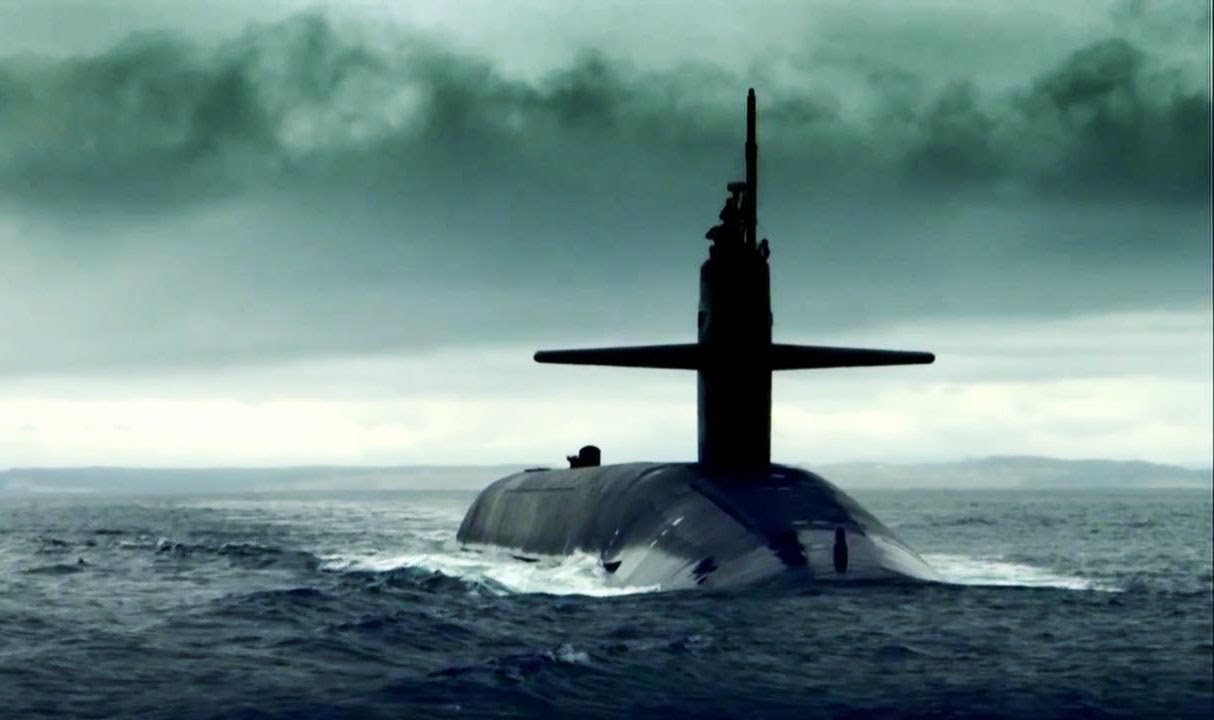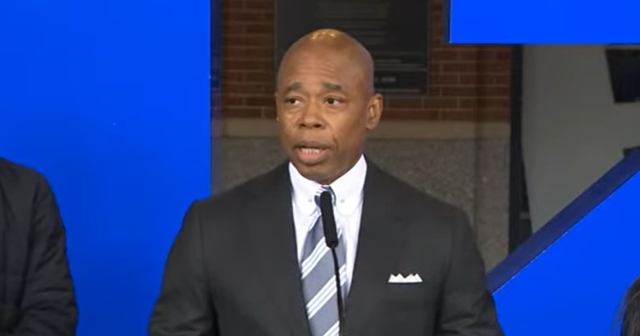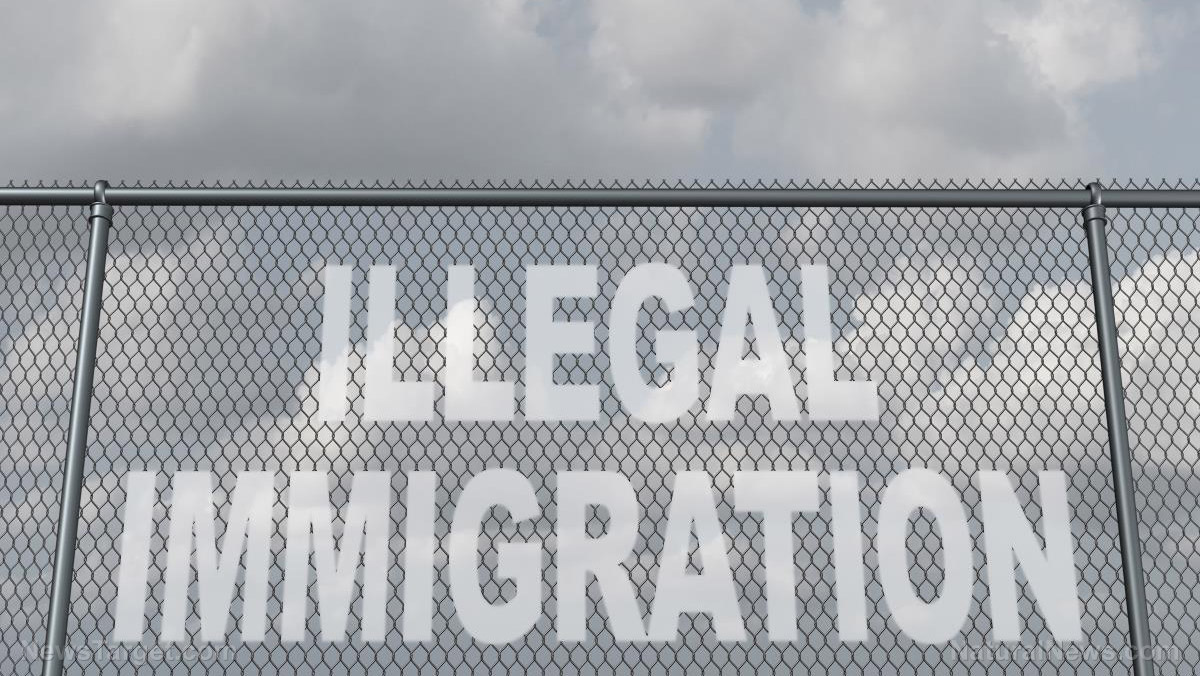
Advertisement
(NationalSecurity.news) Great power competitors to the U.S. are rapidly upgrading and modernizing their submarine forces but the United States is lagging behind and needs to invest more in its sub fleet to keep ahead of the pack, says Rep. Randy Forbes, R-Calif., chairman of the House Armed Services Committee.
In a column for Breaking Defense, Forbes noted that while the U.S. Navy’s sub force is highly capable, China, Russia and most Asian nations “are rapidly modernizing and expanding their submarine fleets” while, “at the same time, the supply of American submarines is going down” even as more demand – meaning more missions – are placed on the remaining boats.
“Today, we have 52 multi-mission ‘attack submarines’ (SSNs) of the Los Angeles, Seawolf, and Virginia classes,” Forbes noted. “Even with those 52 boats, we are only meeting 62 percent of our combatant commanders’ demand for submarines—and that is today.”
By 2029, however, the SSN fleet will shrink by 25 percent, putting the Navy seven vessels below current operational requirements for 48 boats, which Forbes says is likely outdated anyway.
At the same time the Navy is facing “a precipitous decline in undersea payload capacity,” he said, adding that as the fleet shrinks the Navy plans to retire all four aging Ohio-class guided missile subs, “which together provide 616 missile tubes and roughly 60 percent of our undersea missile capacity.”
Forbes notes that U.S. subs are be anywhere in the world at moment’s notice, ready to carry out whatever mission they are given. What’s more, because U.S. subs are stealthy and extremely difficult to detect, “our subs can provide what no other element of the joint force can consistently deliver: persistent, undetected, assured access to all the world’s oceans and littorals.” That will remain vital as “anti-access” challenges grow in the air and on the surface, he said.

“Last week, Adm. Harry Harris, our top commander in the Asia-Pacific region, told Congress that submarines are the most important warfighting capability that we have,’” Forbes wrote. “Whether you think the future security environment is going to be characterized by irregular challenges like terrorism, high-end conflict in contested environments, or Cold War-style competition, our freedom of maneuver and action in the undersea domain—and our ability to reach from that domain into others—is something that is going to be increasingly valuable to the Navy and the nation.”
The bottom line, Forbes says, is that the U.S. sub fleet will be called upon to do more than ever at a time when it will shrink to a level the Navy has not seen since 1916. And while modern subs are much more capable than their predecessors – “and ours are indisputably the best,” he wrote – even so, a sub can only be in one place at a time, “with only a fraction of the total fleet on station in the theater where and when it matters.”
Forbes says, however, that there is a way to mitigate the coming shortage: Build more Virginia-class attack boats.
“At present, the Navy is constructing 2 Virginia-class SSNs and decommissioning three older boats per year,” he wrote. “Starting in fiscal year 2021, new SSN construction is planned to drop down to only one boat per year to free up funding and space in our shipyards for building the Ohio Replacement ballistic missile submarines that will carry 70 percent of our nuclear arsenal.
“Each one of these next-generation ‘boomers’ will be two-and-a-half times as large as a Virginia-class submarine, and cost an average of $6.2 billion,” he continued. “The national imperative to deliver 12 of these massive boats between 2021 and 2035 is going to put a tremendous deal of pressure on the Navy and the submarine industrial base, complicating any effort to ramp up SSN production.”
That said, the U.S. sub-building infrastructure is capable of delivering additional Virginia-class boats even as it ramps up to begin producing the Ohio Replacement class boats as well, at a time when the SSN shortage will be at its worst.
“To exploit this opportunity, however, the Navy, industry, and Congress will need to work together to fund and sequence things in way that keeps workload and funding levels relatively smooth. Timing will be critical, and the Navy and industry will need to determine in which years it will be most cost-effective to procure additional SSNs,” Forbes said.
To emphasize his points, Forbes quoted Andrew Erickson, an expert on naval issues in Asia who testified before Congress last year: ““If we’re not building at least two Virginia-class SSNs per year, we’re not being serious—and regional allies, partners, and China will see that clearly.”
In September, the Rand Corp. released a 430-page report laying out a strategy that called for the Navy to reduce the number of aircraft carrier groups in favor of building more submarines, noting that China’s anti-surface ship fleet was growing rapidly.
“Over the next five to 15 years, if U.S. and (People’s Liberation Army) forces remain on roughly current trajectories, Asia will witness a progressively receding frontier of U.S. dominance,” the report said.
Since 1996, China’s ability to threaten the U.S. Navy surface fleet “at significant ranges from the mainland” has burgeoned, the report said.
“Holding carriers farther from the scene of the main battle area would entail longer transit times for combat aircraft, fewer aircraft on station and an increased demand for U.S. Air Force tanker support,” the report said.
See also:
NationalSecurity.news is part of the USA Features Media network of sites.
Submit a correction >>
This article may contain statements that reflect the opinion of the author
Advertisement
Advertisements















